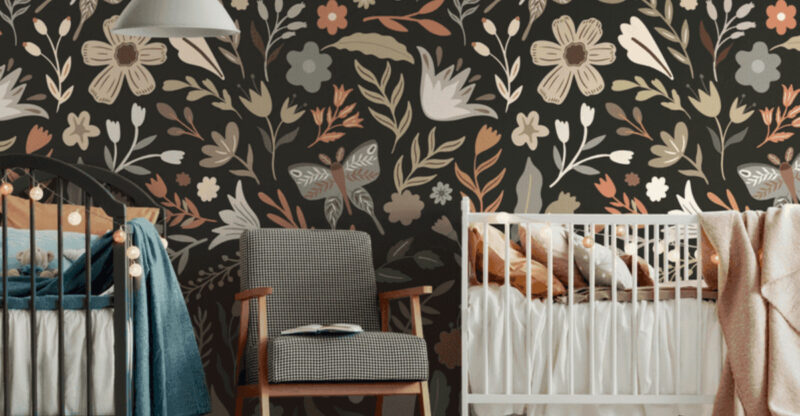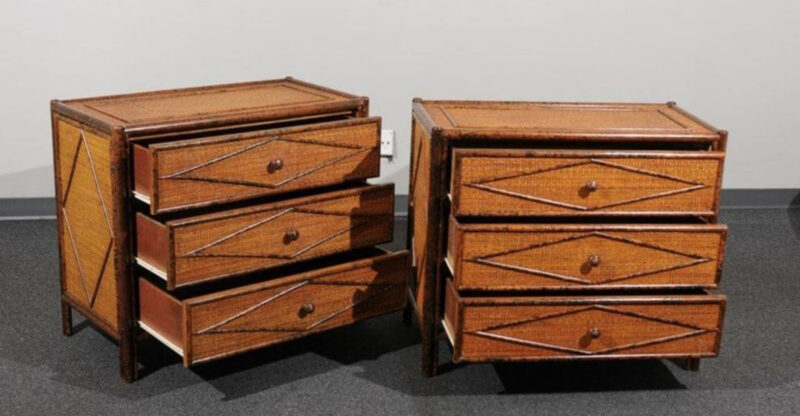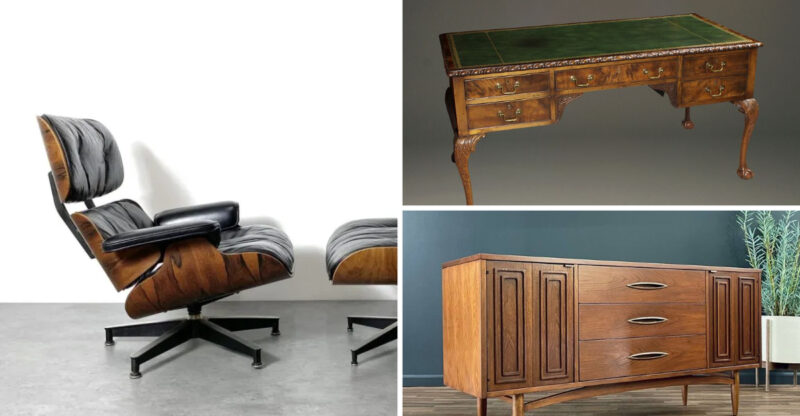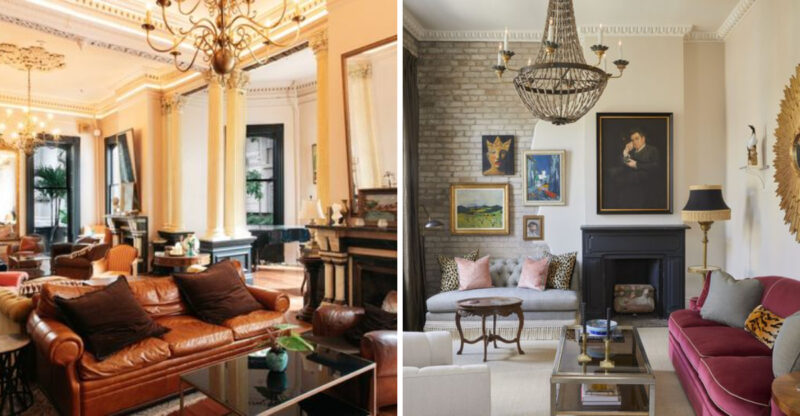10 Tips To Spot Valuable Depression Glass Patterns In Visalia Thrift Stores Before They’re Gone
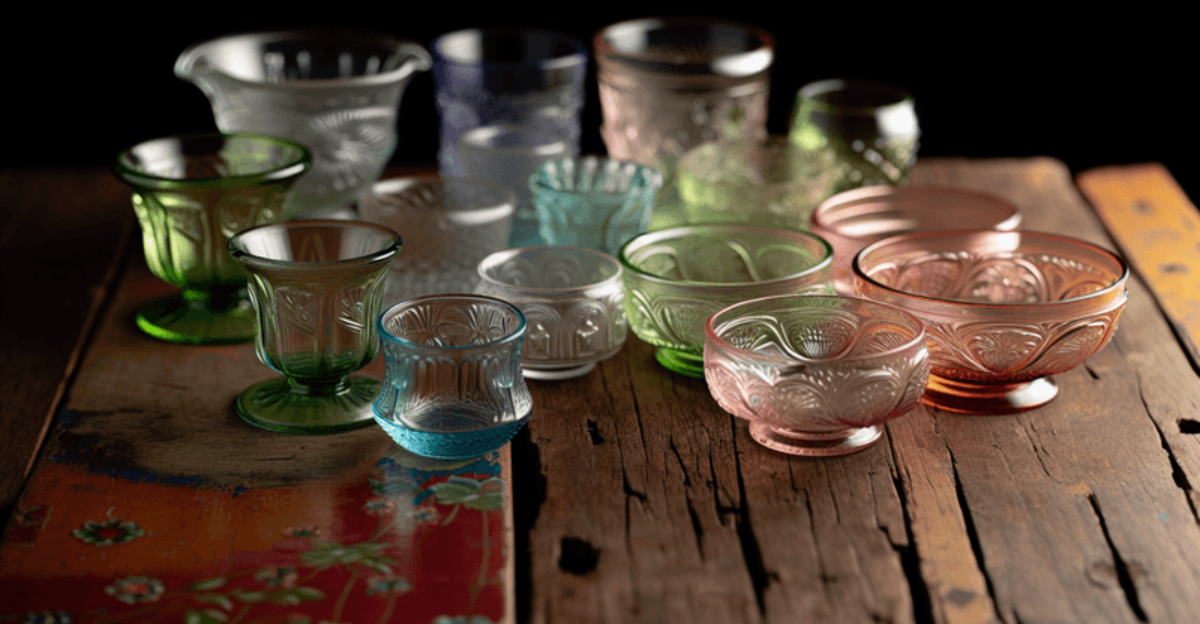
Depression glass isn’t just vintage charm – it’s hidden value, waiting on dusty shelves for those who know what to look for. In Visalia, California, where thrift stores quietly house relics of the past, these once-free kitchen staples from the 1920s to 1940s now carry surprising worth.
Their soft colors and delicate patterns tell stories of resilience and beauty born during hard times.
Spotting the real thing takes more than luck – it takes a sharp eye, a little knowledge, and a sense of timing that can turn a secondhand find into a collector’s prize.
1. Key Characteristics Of Authentic Depression Glass

Genuine depression glass has tiny air bubbles trapped inside – a charming flaw from rapid manufacturing during tough economic times. Look for slightly uneven edges and surfaces that feel less substantial than modern glass.
Authentic pieces often have a distinctive color glow when held toward light, revealing their true vintage character beyond just appearance.
2. Common Colors That Signal Higher Value
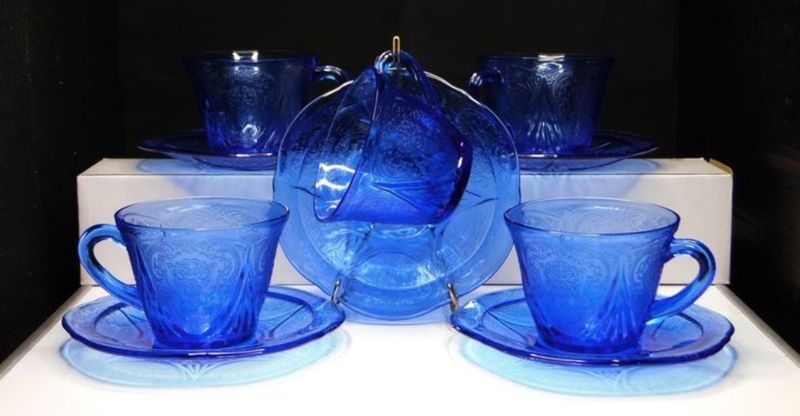
Pink and green depression glass pieces dominate thrift store shelves, making rarer colors the real prizes. Tangerine, cobalt blue, and lavender command premium prices – sometimes ten times more than common hues!
Jadeite’s milky green appearance might seem ordinary until you realize Martha Stewart’s collection sparked a collecting frenzy that sent values soaring.
3. Popular Makers To Know (Hazel-Atlas, Jeannette, Federal, etc.)
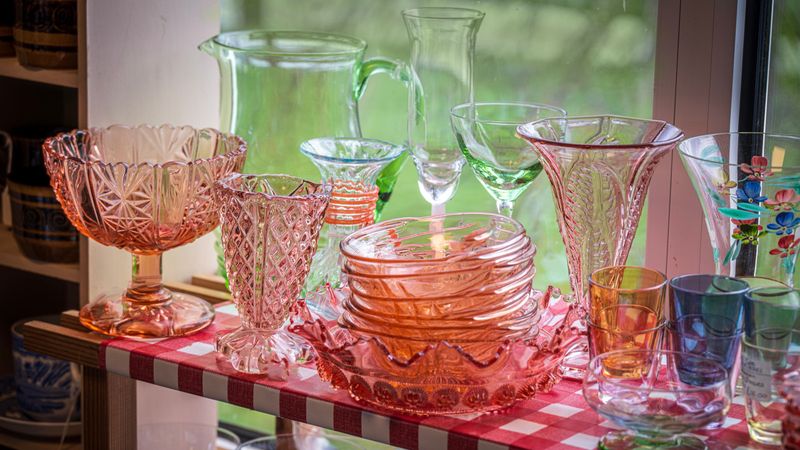
Flip pieces over to check for maker’s marks – Hazel-Atlas used an H superimposed over an A, while Federal Glass featured an F inside a shield.
Jeannette Glass pieces often show a J in a triangle or square. MacBeth-Evans, Indiana Glass, and Hocking Glass Company round out the major manufacturers whose patterns now command collector attention.
4. Royal Lace – The Holy Grail Of Blue Glass
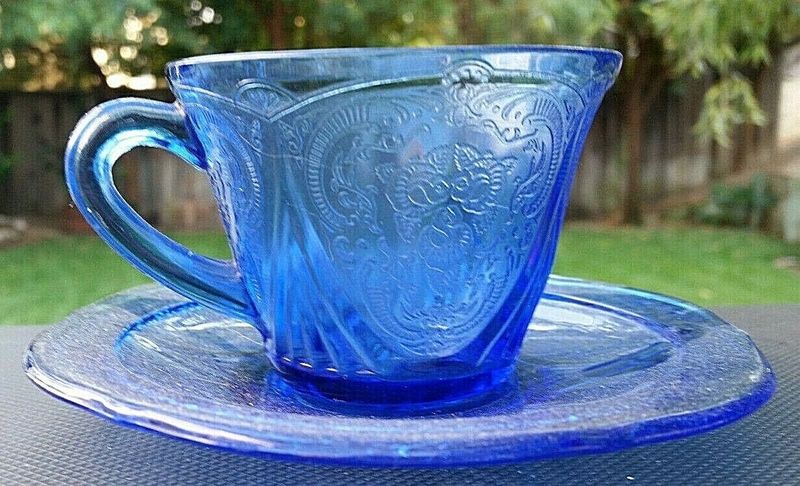
Blue Royal Lace pattern pieces represent the ultimate thrift store jackpot, with dinner plates selling for over $100 each when found. The intricate lace-like border wrapping around each piece creates an instantly recognizable silhouette.
Manufactured by Hazel-Atlas between 1934-1941, this pattern’s cobalt blue versions remain among the most sought-after depression glass treasures in Visalia’s secondhand shops.
5. Cherry Blossom – Frequently Imitated, Rarely Matched
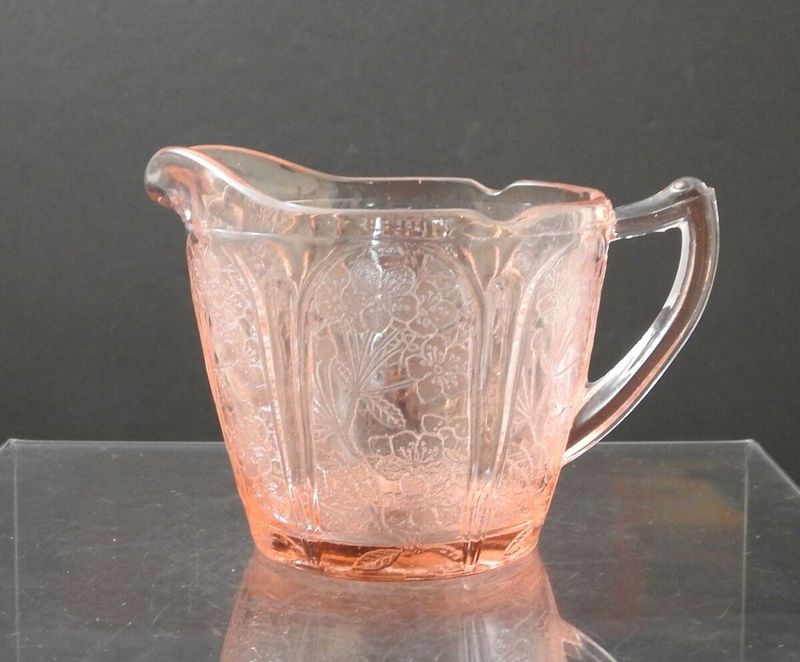
Delicate cherry blossoms dance across this pattern’s surface, creating a springtime feel that collectors adore.
Pink versions command the highest prices, but green and rare blue pieces deserve your attention too. Watch for reproductions by checking pattern details – authentic Cherry Blossom has precisely five petals per flower and specific stem arrangements that imitators rarely duplicate correctly.
6. American Sweetheart – Delicate And Desirable

MacBeth-Evans created this romantic pattern featuring lacy scalloped edges and delicate curves that captivate collectors. Monochromatic pink pieces remain most valuable, though white versions (called Monax) fly under many collectors’ radar.
The pattern’s production ceased when World War II materials shortages hit, making complete sets extraordinarily rare and individual pieces worth grabbing whenever spotted.
7. Cameo “Ballerina” – Watch For This Soft Green Icon
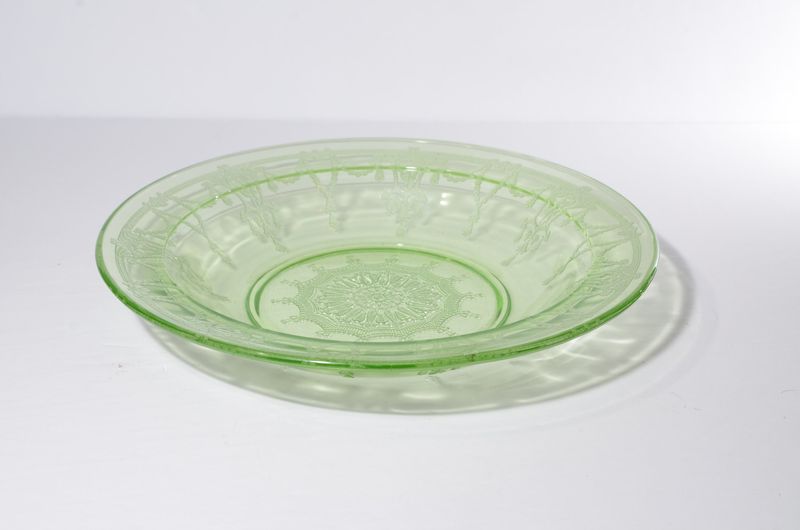
Ballerina dancers twirl eternally around the edges of this enchanting pattern, sometimes called Dancing Girl by collectors. The soft green hue makes these pieces blend into thrift store shelves until trained eyes spot their distinctive design.
Hocking Glass Company produced this pattern briefly, making complete sets almost impossible to find – snatch up any pieces you discover!
8. Mayfair “Open Rose” – A Classic Found In Unexpected Places
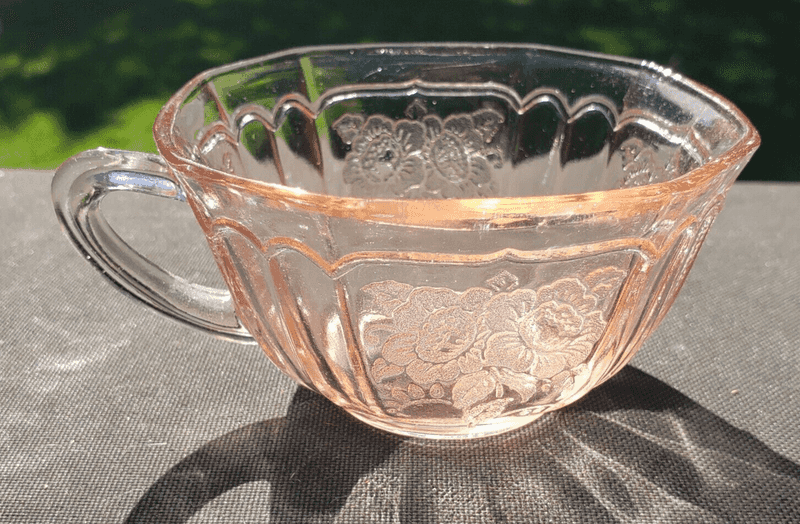
Rose blossoms climb gracefully across this pattern’s surface, often hiding in plain sight at Visalia’s less-trafficked thrift locations.
The pink version’s popularity means many collectors overlook the equally valuable blue and green variations. Produced by Hocking Glass from 1931-1937, Open Rose pieces feature distinctive handles on serving pieces that help with quick identification.
9. Tips For Identifying Reproductions Vs. Originals
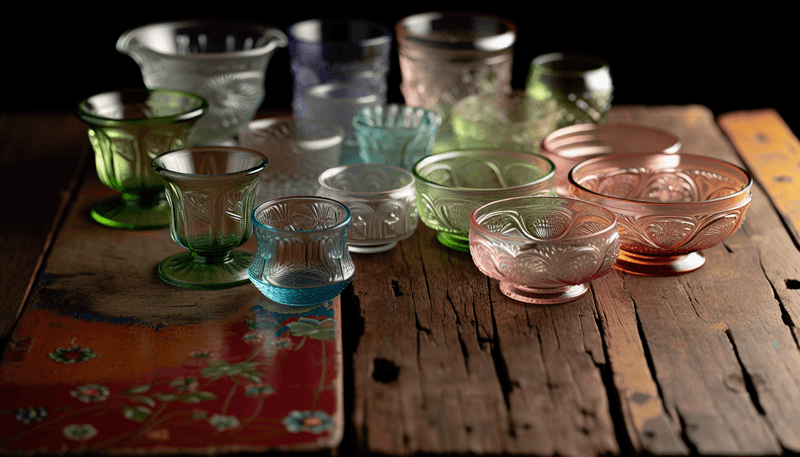
Modern reproductions typically weigh more than authentic depression glass – original pieces feel almost startlingly lightweight when lifted.
Examine color under natural light – reproductions often show too-perfect coloration lacking the subtle variations of vintage glass. Beware suspiciously pristine surfaces; genuine depression glass usually shows some base wear from decades of use.
10. What To Look For In Condition And Markings
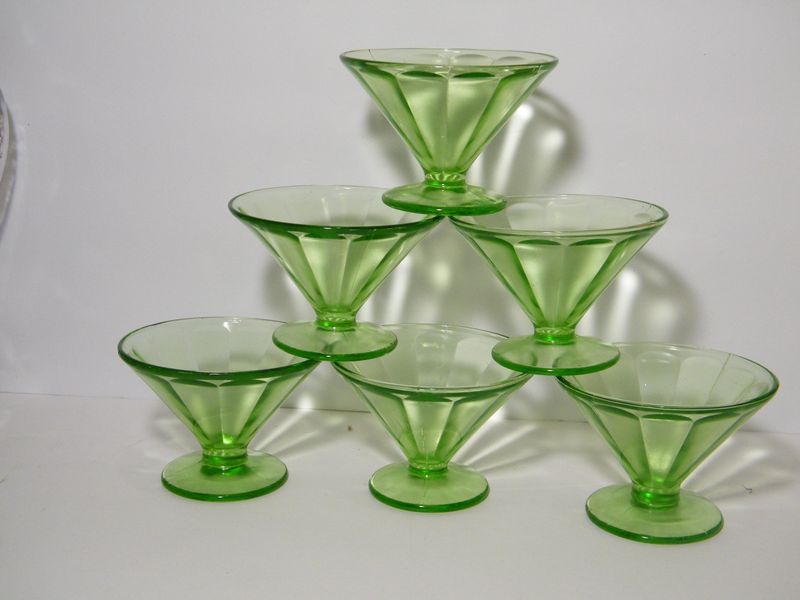
Minor flaws like tiny chips won’t significantly devalue rare patterns – collectors understand these pieces survived nearly a century! Examine bases for mold marks appearing as raised numbers or symbols that help authenticate production era.
Ultraviolet lights reveal magical glowing properties in certain depression glass colors, particularly uranium-infused green pieces that fluoresce dramatically under blacklight.

